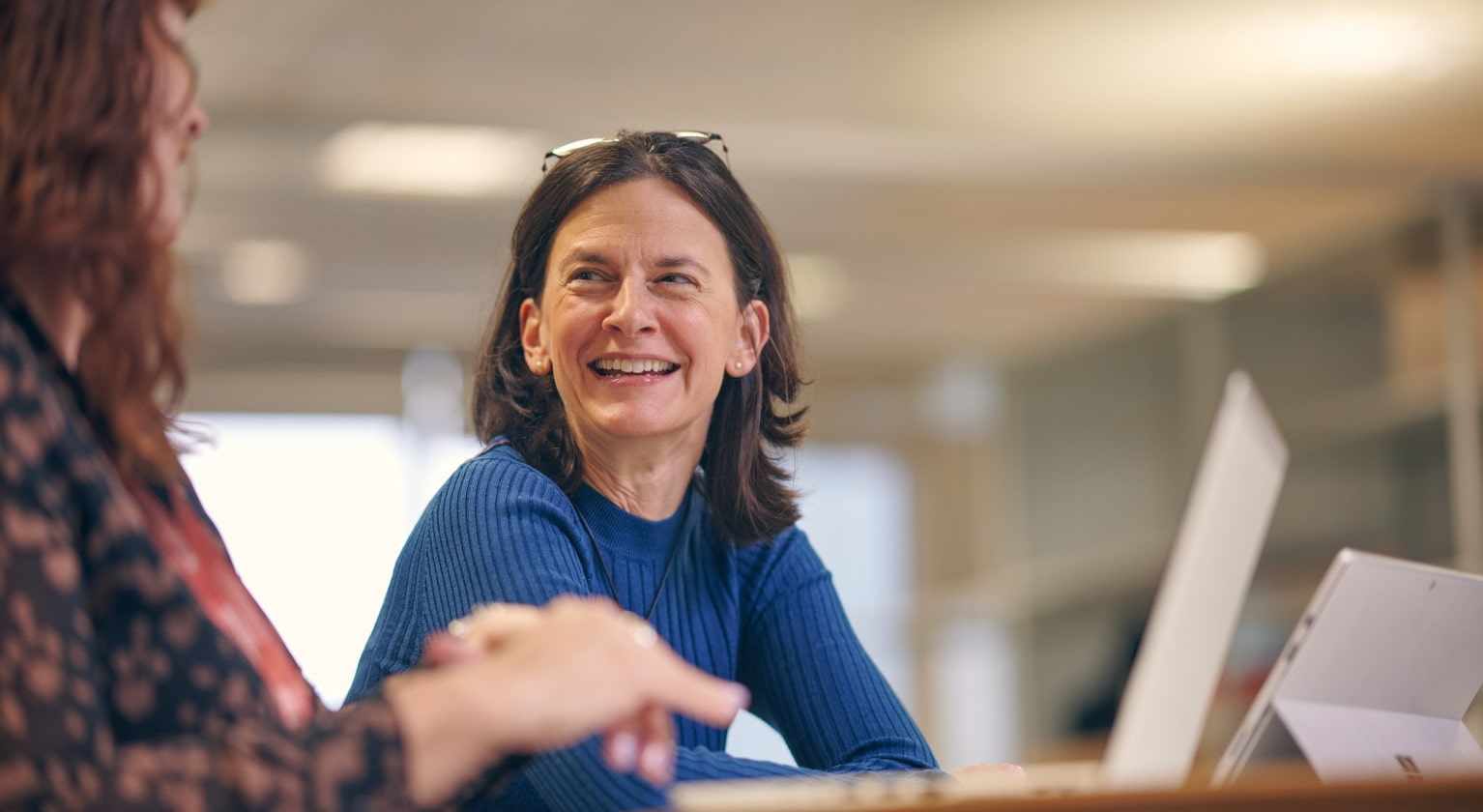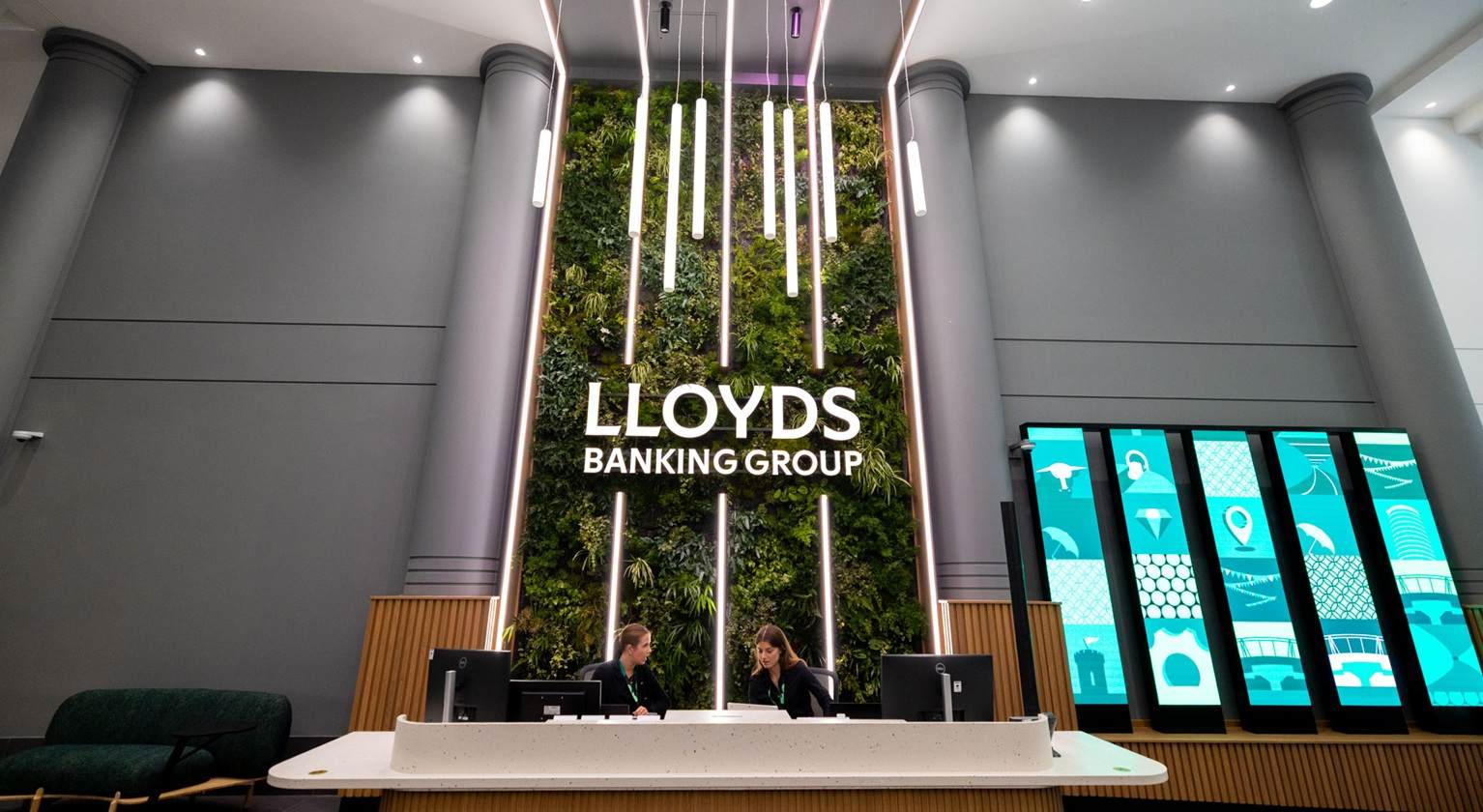How can we demonstrate the value of social housing?
While we’ve seen that there are some standalone figures that individual organisations, like the NHS, have been able to point to evidence how social housing has saved them money, there’s so far been very little research into the long-term holistic value of social tenancies. To address this housing association Hyde Housing, and Sonnet Advisory, have launched a review into the value of social tenancies with a view to being able to clearly evidence the value social housing provides to local stakeholders, social housing funders and government, as well as to social housing tenants themselves.
This research will quantify the annual value to society of all housing associations’ social tenancies, with 2024 being a crucial year to be able to demonstrate this value as the upcoming general election will give the sector the opportunity to bring the advantages of building more affordable homes to the forefront of the political agenda.
Who is social housing for?
Although local councils have their own eligibility criteria for who can apply for a social home, most applicants will need to have lower incomes and savings, and be able to demonstrate a ‘local connection’. Given the chronic shortage, the reality is that not everyone on a waiting list will get access to social housing.
Each council will prioritise needs differently too, such as whether someone is living in overcrowded housing, is homeless or is facing domestic abuse. People on waiting lists may be housed in temporary accommodation, such as in a hotel or B&B, until suitable housing becomes available.
In 2022, 227,000 households across Great Britain experienced homelessness while waiting for an available social home.7 £2 billion a year is spent on housing people in temporary accommodation - used by local authorities to fulfil their duty to house homeless households with priority need. However, much of this temporary accommodation is unsuitable, and can mean whole families living in a single room. There’s currently nearly 1.5 million households on a waiting list for social housing in England, Scotland and Wales, but in some cases the waiting time can be as much as 20 years.
However, once someone is situated in a social home they are generally entitled to an assured tenancy, meaning that they can normally live in that home for the rest of their life if they choose.
Who funds social housing?
Housing associations are able to rely on a set rental income over the long-term, which comes from tenants. This inflation linked, secure revenue stream enables associations to access the bank and capital markets. Since 2018, Lloyds Banking Group has enabled £17.4 billion of funding. Section 106 agreements - which compel private developers to deliver a negotiated percentage of affordable homes on new developments - also provide a major source of social housing. S106 enables housing associations to buy new homes at a lower cost as part of the planning process.
Alternatively, they can buy new homes at ‘market price’, supported by government grant funding. It is also common for housing associations to develop homes for private sale and use any profits generated to fund new social and affordable homes.
The Government part funds the development of new social housing through its Affordable Homes Programme (AHP). This is a five year £11.5 billion fund which allocates grants to local authorities and housing associations to help support the costs of developing social and affordable homes, and aims to deliver around 157,000 new homes by 2028.8 However, research shows that England alone needs at least 90,000 new social rent homes a year9 in order to keep up with demand, which will require significantly increased investment from the Government.
What role does Lloyds Banking Group play in social housing?
There isn’t a part of the UK housing market that we don’t have an interest in, including funding social homes. There are three main areas where we play a part in the social housing sector:
Supply
Lloyds Banking Group supports over 340 housing associations across the UK, from small local associations of several hundred homes, to larger regional and nationally focused associations managing tens of thousands of properties. Housing associations and social housing providers have charitable status and are ‘not for profit ’, which means that all surpluses are reinvested in their homes and services. This means their banking needs can be different from other sectors. Whether it is the provision of term funding, capital market funding or expertise and advice, our experience in the sector is helping these clients meet the UK’s housing needs.
Social housing is also a low-risk sector to invest in. Pensions and annuities customers typically look for longer term, more stable returns, which are exactly the sort social housing provides. Through Scottish Widows – our pensions and long-term savings brand – we’re able to provide longer-term investment in social housing infrastructure and a portion of the £17.4 billion we have provided to the social housing sector since 2018 is in the form of loans from Scottish Widows.
As well as providing funding to the sector, we know that the housing sector and government need to come together to help increase the supply of affordable homes, which is why, alongside Crisis, we’re calling for one million more affordable homes to be made available over the next decade .
Accessibility
We might be the UK’s biggest mortgage provider, but of course it’s not only people buying a home who should deserve to live in secure, affordable, high-quality housing.
We’ve partnered with homeless charity Crisis to develop a not-for-profit lettings agency so that those on low incomes can access the same quality of housing that those buying a home would expect to live in. We’re also partnering with Homes for Good, Scotland’s first social enterprise letting agency, to develop and launch a new not-for-profit lettings agency that will make renting easier, fairer and more affordable to people who would otherwise be homeless.
Sustainability
One of the most important areas that we are working on with our housing association clients is retrofitting their existing housing stock. In 2022 we supported £2.7 billion of new funding, of which £1.4 billion was sustainable (for green or social use) or sustainability-linked (including key ESG performance indicators) – for example, going towards retrofit investment and the decarbonisation of social homes.
















